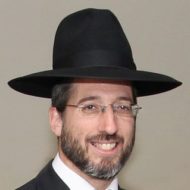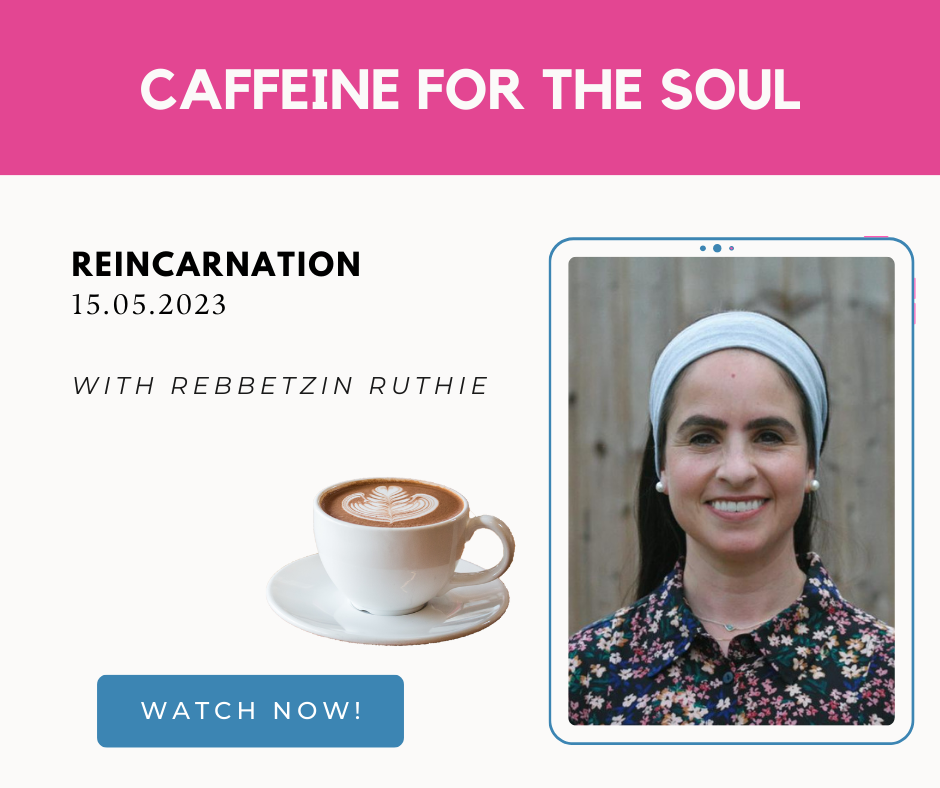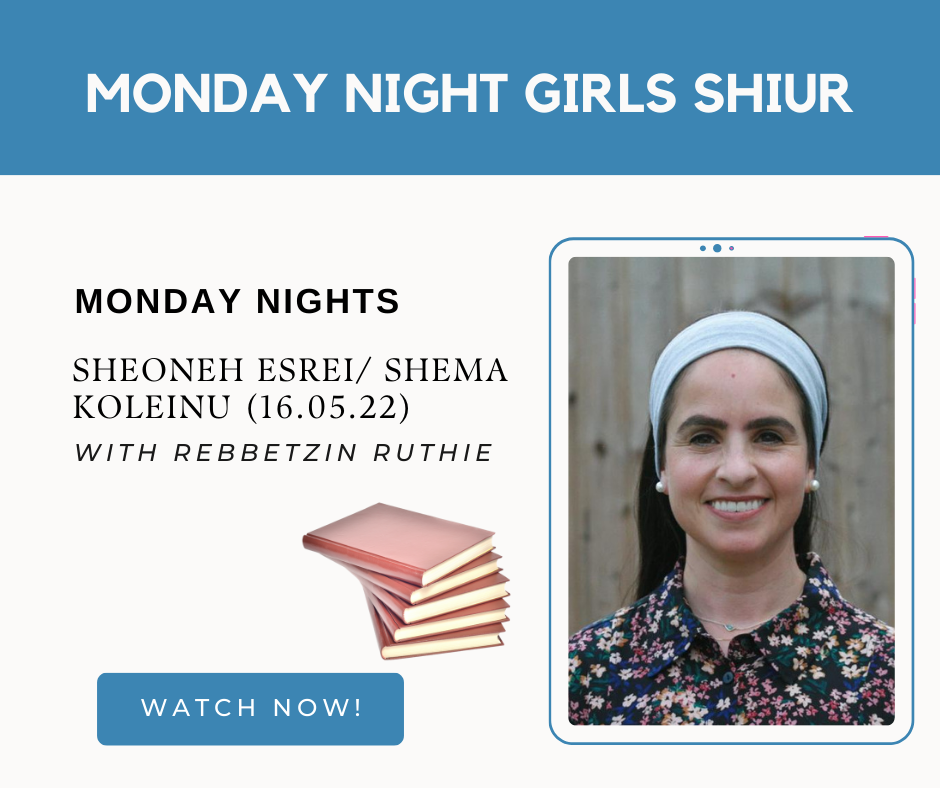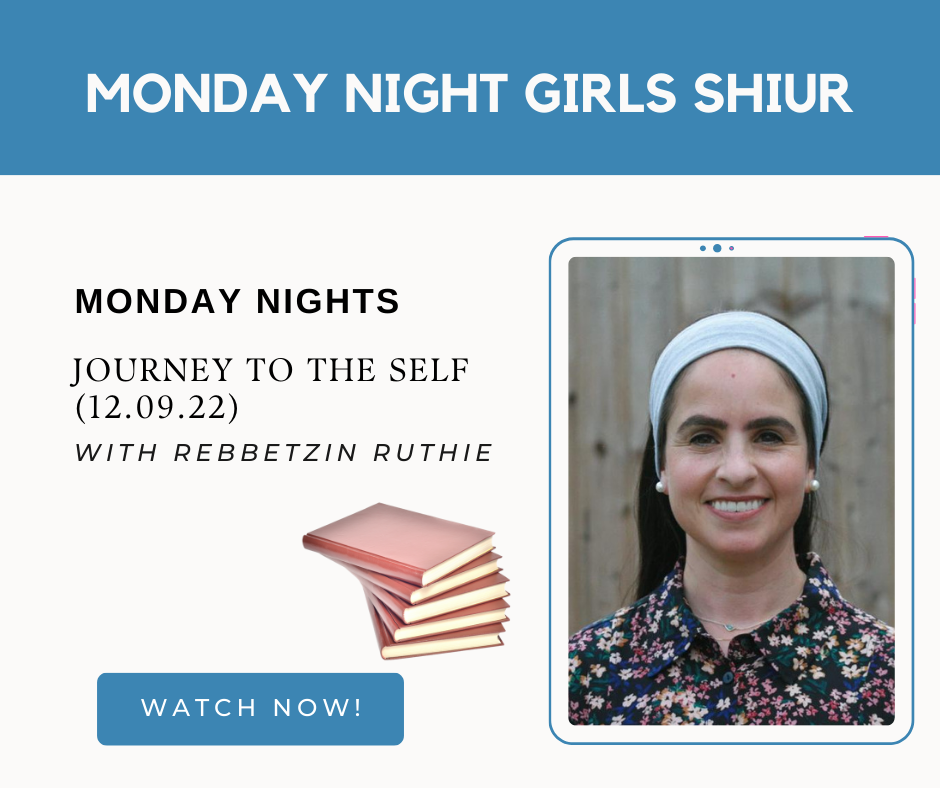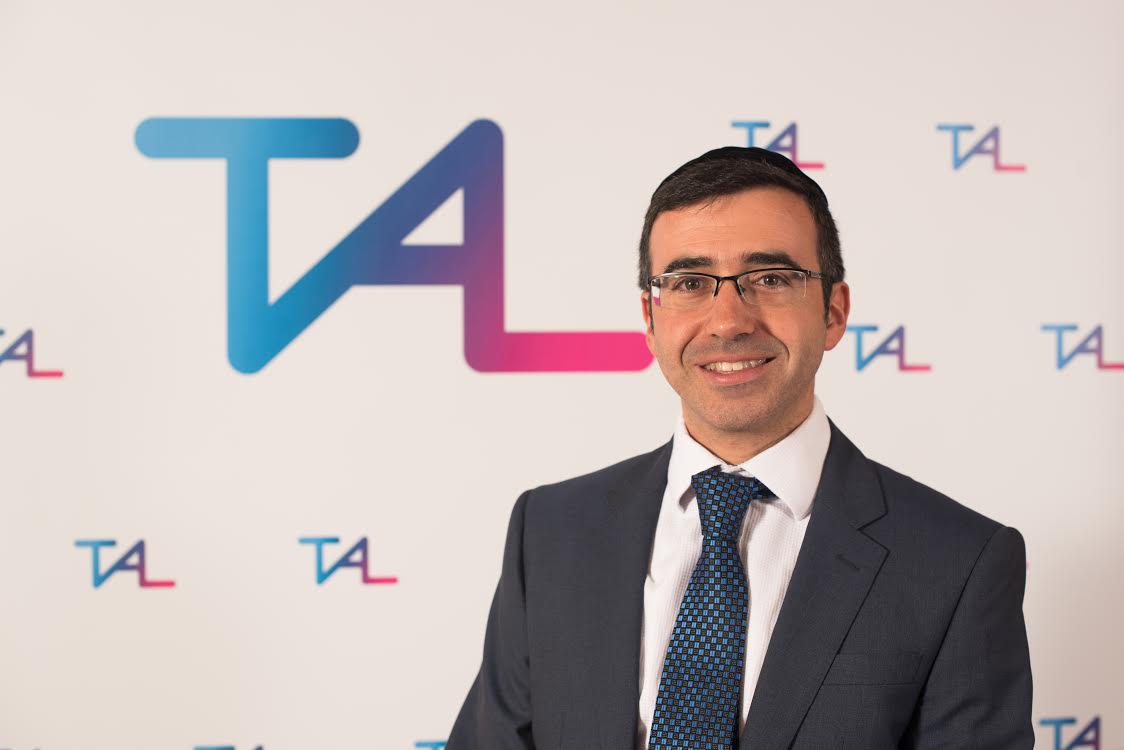
The festival of Succot is a happy festival. We celebrate the fact that Hashem took us out of Egypt and sheltered us in booths, as well as placing us in a special defence force of Ananei Hakavod – Clouds of Glory. These surrounded the Jewish nation in the wilderness and protected them from their enemies.
The Tur – Rabenu Yakov Ben Asher- is famous for codifying Jewish law. In his book, he asks why we celebrate Succot now at this time of year. Surely, if we are celebrating the fact that Hashem protected us in the wilderness and the booths that the Bnei Yisrael built, the correct time to celebrate should be Pesach. In fact we should really be eating Matza in a Succah!
Our Sages state that there is a process of repentance that begins in Elul and ends on Hoshana Rabah (the last day of Succot).
In Elul we say Selichot, at Rosh Hashana we are all judged, ten days later at Yom Kippur we are forgiven and stamped, yet Hashem is all Merciful and there is still time to do Teshuva until Hoshana Rabah, when the Petakim go out – the angels are sent with their mission in their hand to enact the edicts.
The Ben Ish Chai relates that the whole process is a total of 51 days and is hinted at in the word Hosha – NA (numerical value 51) – for Hashem saves us in these 51 days.
Looking back in history, at what point did the Jewish Nation achieve their highest level?
When the Bnei Yisrael reached the Mountain of Sinai and prepared themselves to receive G-d’s Torah, they emphatically stated those famous words Naaseh Venishma – We will do and we will listen. They stated their unequivocal belief in Hashem and His Torah.
Furthermore, it was not just a few people that made this statement. Rather we are told Vayichan Yisrael – the entire nation stood there like one man with one heart (Rashi). There was unity.
Our Sages (Gemara Shabbat) state that the Bnei Yisrael achieved such a high level of spirituality that Paska Zuhmatan – they were no longer susceptible to death. Their unity and faith in Hashem led them to the highest achievable level being that of Adam before he sinned.
It is to this level that we must try and aspire as a nation.
But it seems so difficult. How are we going to achieve the unity and the faith necessary?
Hashem in His great Mercy has implanted in creation a way for us to achieve this level yet again.
There is a famous Gemara that tells us of the rewards of the two different types of repentance.
Resh Lakish said: Great is repentance, for because of it, premeditated sins are accounted as errors (unintentional sins). The Gemara brings another quote by Resh Lakish that seems to contradict this. Resh Lakish said that repentance is so great that premeditated sins are transformed into merits. The Gemara reconciles these stating that there no contradiction: One refers to a case [of repentance] derived from love, the other to one due to fear (Yuma 86b).
Rav Dessler explains that when a person repents out of fear, they are able to cleanse themselves of their sins, but only to a level of unintentional sin. However, when a person repents out of love of Hashem, then their original sin is a vehicle for their repentance and ends up acting as a merit in their favour!
Throughout the Yamim Noraim – we are in fear of Hashem. The Shofar is blown to instil trepidation in our hearts, to awaken us to our current situation. On Yom Kippur, we fast and cry to Hashem begging for mercy. We come to a realisation that we are nothing and that Hashem the Great and Almighty G-d is in charge. In effect we repent out of fear.
Yet there is a further additive to this process and that is Succot.
On Succot, we come together in a much happier atmosphere. Succot is at a time when the farmers are bringing in their produce, counting their blessings. It’s at a time when we unite as unit and celebrate our newly forgiven status.
It is a time ripe to appreciate Hashem and all that He does for us and hence repent out of love.
We take the Lulav Etrog Hadasim and Aravot that represent the different members of our community and bring them together in unity. We enter our Succot to show our faith. No matter what the weather (unless we are Mitsaer – harmed by it) we go out, leaving the luxury of our homes entering a temporary dwelling for seven days.
We are surrounded by the Succah representing newly found Kedusha. As our Sages note the numerical value of the word Succah is 91 which represents Hashem’s Name (written plus pronounced). We are sitting in Hashem’s shadow.
Pesach time is a time of spring, the birds are out, the sun starts to shine, and people might get carried away and lose sight of the real reason we enter the Succah. Therefore, Hashem placed Succot at a time of year, when people are generally preparing to enter their houses not leave them, in order that we show our faith. More importantly, it comes at a time when we have achieved our repentance of fear and we can now build on that to gain repentance out of love, thus terminating a process that began 51 days earlier.
Chag Sameach!



